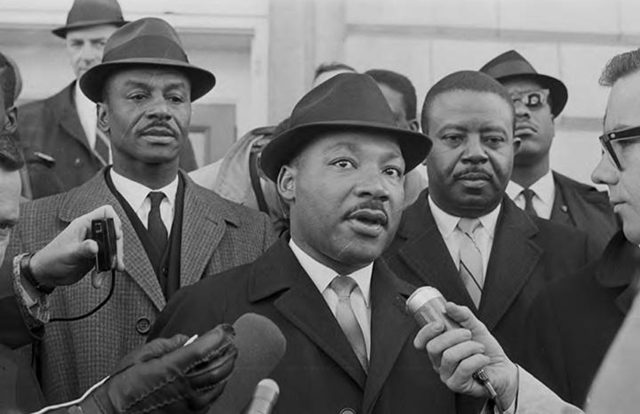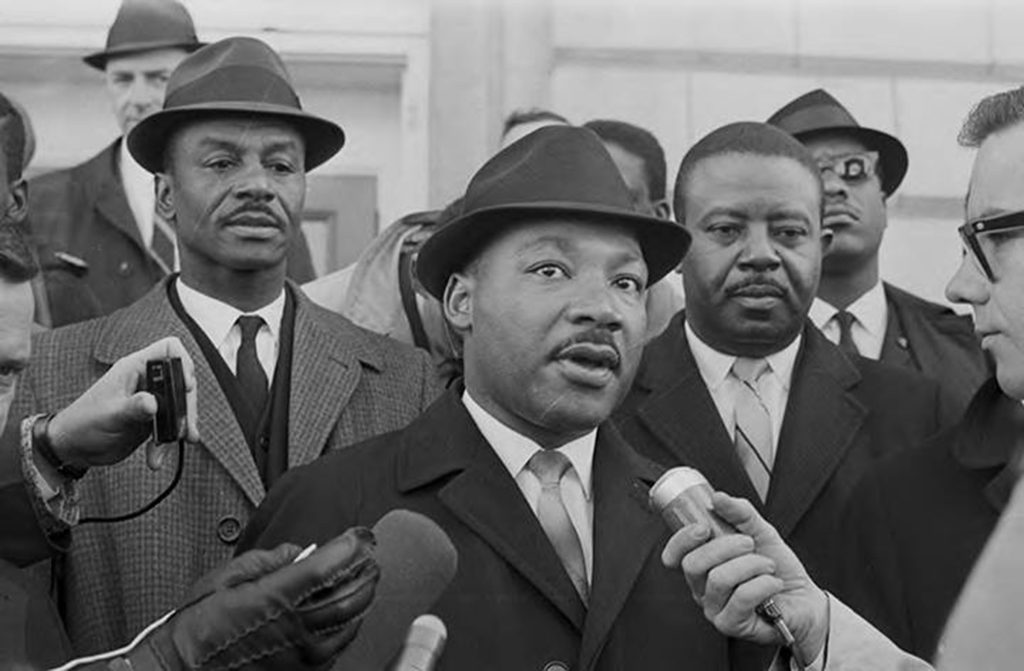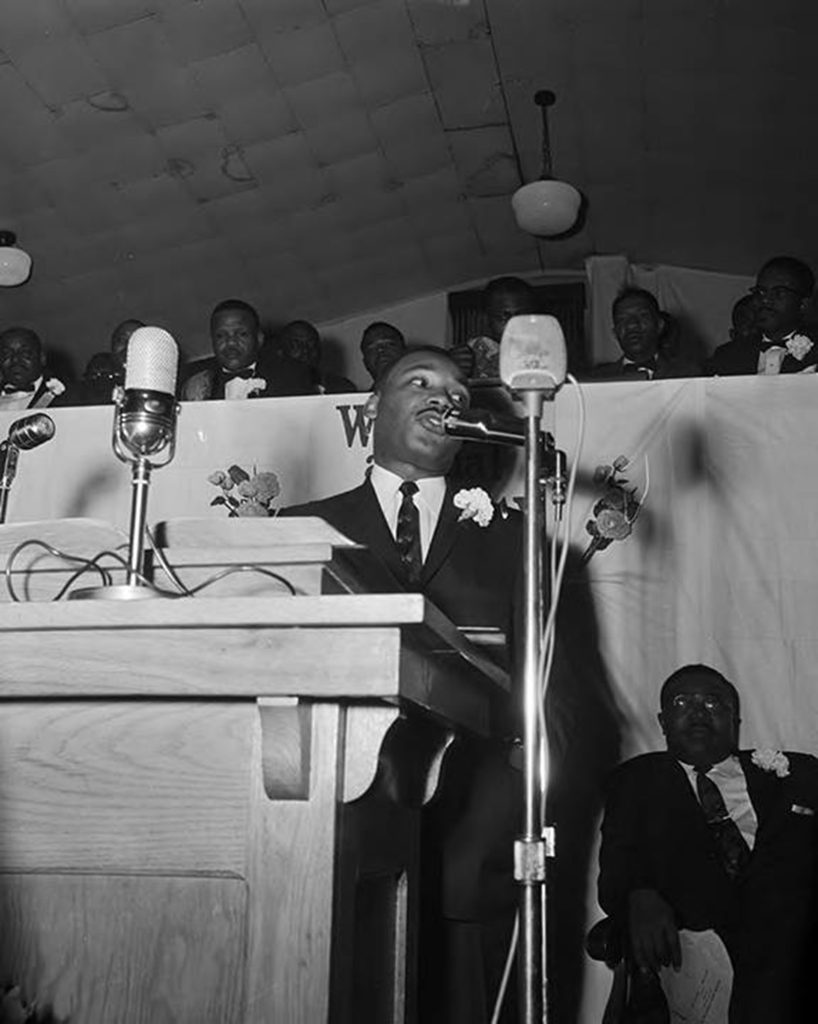
By Barnett Wright
The Birmingham Times
What began as a three-day retreat and planning session called by Martin Luther King Jr. in September 1962 helped lead the following year to dismantling segregation in Birmingham, AL.
Along with famed Birmingham pastor Fred Shuttlesworth; the Rev. Ralph Abernathy (Southern Christian Leadership Conference secretary); and Wyatt Tee Walker, King’s chief of staff; the men gathered out of the public’s eye at a training center in Dorchester, near Savannah, Georgia to discuss what would happen in Birmingham in 1963.
Shuttlesworth was a key figure in organizing resistance to segregation and discrimination in Birmingham. He founded the Alabama Christian Movement for Human Rights (ACMHR) in 1956 when the state of Alabama banned the NAACP for operating illegally as a “foreign corporation” and alleged connections to communist organizers.
In 1962, these meetings led to the next phase of protest action – the citywide boycott of segregated merchants. The boycott was led by the Anti-Injustice Committee (AIC), whose membership was made up of local college students headed by Korean War veteran and Miles College student Frank Dukes. The AIC, with the support of Shuttlesworth, began the “Selective Buying Campaign” after negotiations between the merchant community, the AIC and Black business leaders failed.
King, whose birthday is being celebrated on Monday, saw Birmingham as the next logical stage for massive direct action in 1962. He was aware of the racial conditions in Birmingham and that the city was widely known as the most segregated in the United States.
King joined Shuttlesworth and other civil rights figures, who together conceived of a plan for 19 massive demonstrations. The organizers who met in Dorchester knew that only a well-organized protest campaign, based on repeated meetings, discussions and debates, would bring about Birmingham’s desegregation. Further, it was clear that the behind-closed-doors politicking of local officials and businesspeople for eventual desegregation was not going to deliver freedom.
They called the campaign “Project C,” with “the “C” standing for Birmingham’s “Confrontation with the fight for justice and morality in race relations.”
King later wrote that “because of the significance of the job to be done in Birmingham, we decided that the most thorough planning and prayerful preparation must go into the effort.”
The person in charge of the preparation was Walker, King’s chief of staff. As author Taylor Branch notes, “King presided over the business sessions at Dorchester, but the initial presentation belonged to Walker.” As chief architect of Project C, Walker developed a four-stage strategy for the campaign. First, they would launch small-scale sit-ins to draw attention to their desegregation platform, while building strength through nightly mass meetings. Second, they would organize a generalized boycott of the downtown business section and move to slightly larger demonstrations. Third, they would move up to mass marches to enforce the boycott and fill the jails. Finally, if necessary, they would call on outsiders to descend on Birmingham from across the country, as in the Freedom Rides, to cripple the city under the combined pressure of publicity, economic boycott and the burden of overflowing jails.
King wrote that Birmingham had been the country’s “chief symbol of racial intolerance,” and felt strongly that desegregation of the city would “set forces in motion to change the entire course of the drive for freedom and justice.”
Though the initial planning stages were in Dorchester, organizers needed a Birmingham location where they could coordinate the campaign. The A.G. Gaston Motel in downtown Birmingham was the logical choice for the climactic endgame. In Room 30, leaders held regular Project C strategy sessions.
King referred to Room 30 as “my room,” and it housed him and Abernathy. As a result of the daily news conferences announcing plans and successes that took place in the patio area, the motel became “as well known to America in 1963 as any other Birmingham landmark.”
The planning sessions paid off with marches, arrests, boycotts and on May 10, 1963, King, Abernathy and Shuttlesworth held a news conference in the courtyard of Gaston Motel, announcing that a truce was negotiated on the 7th. The truce produced a watered-down version of the original list of demands issued by the campaign a month earlier. The original list called for immediate desegregation of lunch counters, restrooms and other facilities. The compromise provided “no ‘immediate’ moves in any direction.”
However, their efforts would lead to passage of the landmark 1964 Civil Rights Act which changed the face of America. It outlawed discrimination based on race, color, religion, sex or national origin. It outlawed racial segregation in schools, the workplace and all places that served the public, such as libraries, parks and swimming pools. It ended race-based and unequal requirements to block Blacks from registering to vote. The changes can be credited to events in Birmingham in spring 1963 that began with private meetings in Dorchester, Georgia, and culminated with meetings at A.G. Gaston Motel.

















